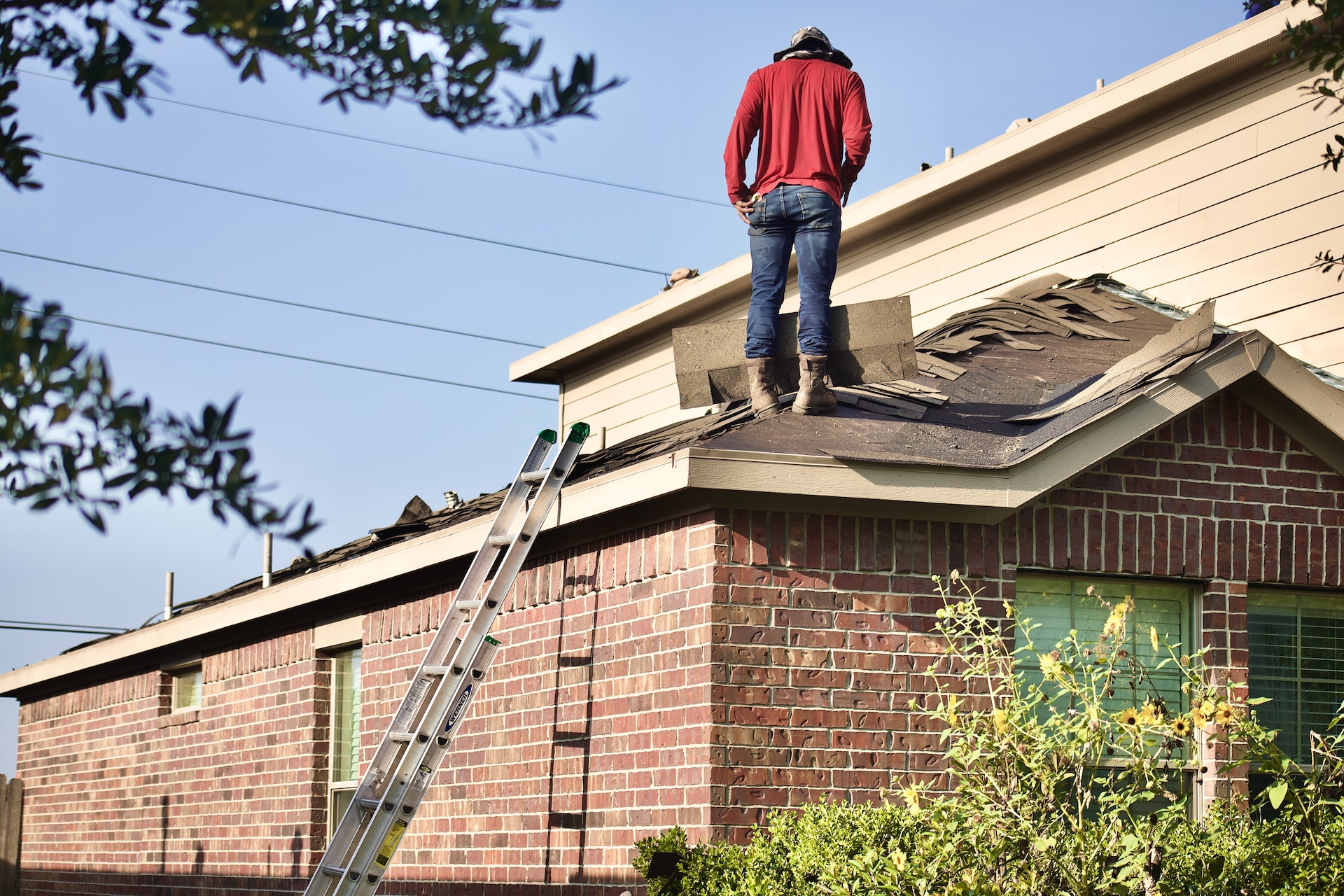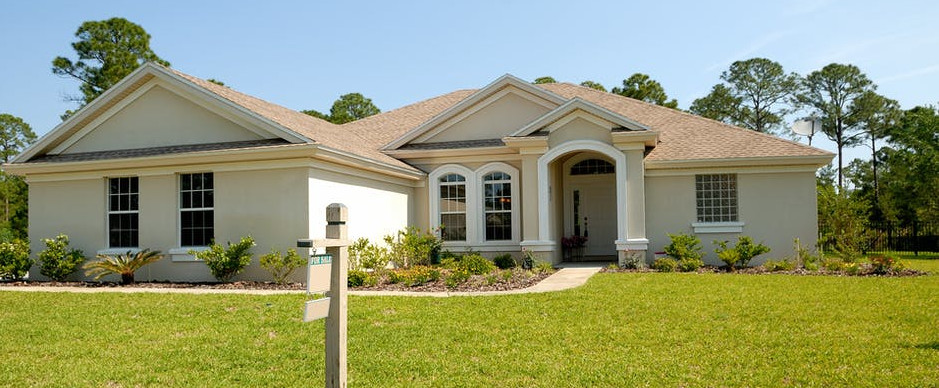Fixing & Upgrading Your Roof:
A Definitive Guide
A roof is an essential part of any building, providing protection from the elements and maintaining the structural integrity of a structure. Over time, roofs may become damaged or deteriorate, requiring repairs or upgrades to ensure their functionality and longevity. In this definitive guide, we will discuss various aspects of fixing and upgrading your roof. From identifying common roofing problems to selecting the right materials for your repairs or upgrades, this guide aims to provide you with all the necessary information to maintain a strong and reliable roof.

Identifying Common Roofing Problems
Identifying common roofing problems is important in maintaining a strong and functioning roof. Some of the most common issues include leaks, missing or damaged shingles, and sagging areas. These problems can lead to further damage if not addressed promptly, which may result in costly repairs. It is recommended to have regular inspections by professionals such as roof repair services to identify any potential problems and address them before they escalate. Ignoring these issues can compromise the integrity of your roof and pose safety hazards for you and your family.
Essential Tools and Materials for Roof Repairs
When it comes to fixing and upgrading your roof, having the right tools and materials is crucial. Some essential tools for basic roof repairs include a hammer, utility knife, roofing nails, and a pry bar. For more complex repairs or upgrades, you may also need a ladder, safety harness, and power tools such as a nail gun or circular saw. It is important to invest in high-quality materials that are suitable for your specific type of roof. From asphalt shingles to metal panels, make sure to research and purchase durable materials that will withstand weather conditions and last for years to come.
Steps to Fixing Damaged Shingles or Tiles
If you notice any cracked, torn, or missing shingles on your roof, address them promptly to prevent further damage. The first step in fixing damaged shingles or tiles is to carefully remove the old ones using a pry bar and hammer. Next, clean the area where the new shingle or tile will be placed and make sure it is free from debris. Then, measure and cut the new shingle or tile to fit properly before securing it with roofing nails. Finally, seal any gaps with caulk for added protection against water damage.

Upgrading Your Roof
Upgrading your roof is an investment that can bring many benefits, including increased energy efficiency and improved aesthetics. When choosing materials for your roof upgrade, consider factors such as durability, maintenance requirements, and budget. Some popular options for roof upgrades include metal roofing, clay or concrete tiles, and wood shingles. Each type of material has its own advantages and it is important to research and consult with professionals to determine the best option for your specific needs. Moreover, make sure to choose materials that are compatible with your existing roof structure to avoid any structural issues down the line.
Adding Extra Protection
Adding extra protection through underlayment and flashing can greatly improve the longevity and durability of your roof. Underlayment is a waterproof layer that is installed between the roof deck and shingles or tiles. It helps to prevent water damage and provides an additional barrier against leaks. Flashing, on the other hand, is a thin metal sheet installed along joints and edges of the roof to redirect water away from critical areas. Proper installation of underlayment and flashing can greatly reduce the chances of water penetration and extend the lifespan of your roof. Consult with professionals to determine if adding these protective layers is necessary for your specific roofing situation.
Maintaining a Healthy Roof
Regular inspections and maintenance are key to maintaining a healthy roof. Inspections should be carried out at least twice a year, in the spring and fall, to check for any potential issues or damage. Keep an eye on your roof after severe weather events such as storms or heavy winds. In addition to inspections, regular maintenance tasks such as clearing debris from gutters and trimming overhanging tree branches can help prevent problems and prolong the lifespan of your roof. Have a professional roofer conduct thorough inspections every few years to ensure your roof is in good condition and catch any potential issues early on.
Fixing and upgrading your roof requires proper planning, the right tools and materials, as well as regular inspections and maintenance. Whether you are addressing common roofing problems or looking to upgrade for improved functionality and aesthetics, make sure to consult with professionals and research your options carefully. By following these guidelines and taking proactive measures, you can ensure that your roof remains strong and reliable for years to come. Remember, a healthy roof means a protected home.